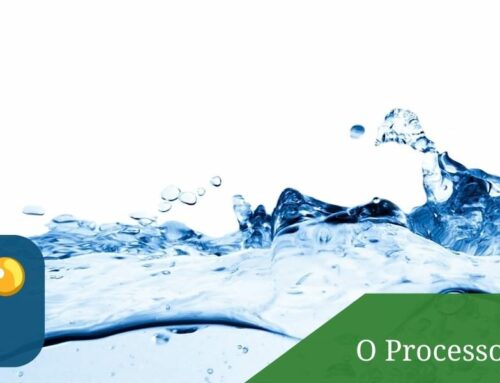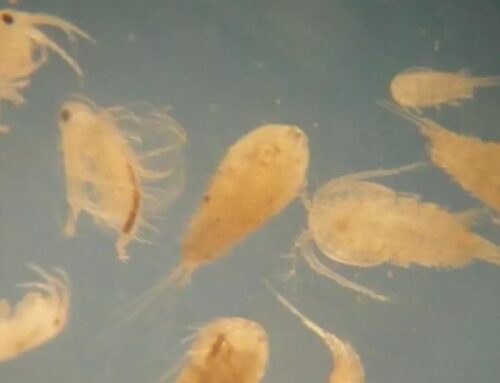
Hexavalent chromium is an example of a contaminant that is often used on a large scale in the industrial environment. Lead, mercury, and arsenic are other members of the group of metals and semimetals that, like chromium, are considered toxic. Thus, the unrestrained use of these components can, besides polluting the environment, bring risks to humans, since some of them have potentially carcinogenic characteristics (FRANCO, 2008). Consumption of water contaminated by this chromium, for example, can cause allergies, immune system problems, tumors and other genetic modifications. (BERGAMASCO et al, 2011).
Chromium is present in nature in two forms: Cr(III) and Cr(VI). The first, known as trivalent chromium, in controlled amounts, is fundamental for the development of human metabolic activities. Therefore, it is not a toxic element. On the other hand, the second, hexavalent chromium, is more stable than Cr(III) and extremely soluble, a characteristic that facilitates groundwater contamination (MOREIRA & BUENO, 2019).
Many anthropic behaviors can trigger Cr(VI) contamination, the main one being the leakage of fluids containing Cr(VI) or the careless distribution of contaminated solid waste. In order to remediate these contaminated areas, the process of reducing hexavalent chromium into trivalent chromium is a valid option to decrease the threat from this contaminant without effectively changing its total concentration (FRANCO, 2008).
EP Analytica , with its accredited laboratory, performs several environmental analyses, with its own team for sample collection and analysis, learn more on the EP Group Environmental Analysis page
Check out other posts on
our blog!
References
Bergamasco, A. M. D.; Sékula, C.; Daniel, M. H. B; Queiroz, F. B.; Cabral, A. R. (2011). Chemical contaminants in waters intended for human consumption in Brazil. Cad. Saúde Colet., Rio de Janeiro.
Franco, D. V. (2008). Reductive treatment of soil and groundwater contaminated by hexavalent chromium. PhD Thesis. Unicamp – Campinas.
Moreira, P. A., Bueno, S. M. (2019). Presence of hexavalent chromium in drinking water. Unilago – São José do Rio Preto.





